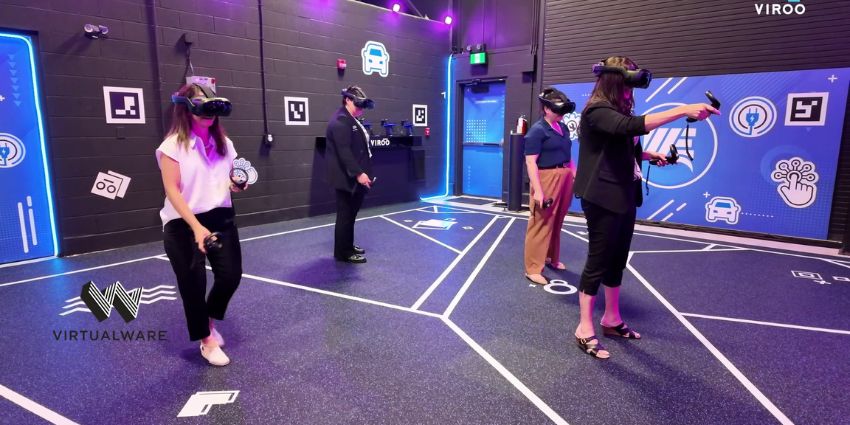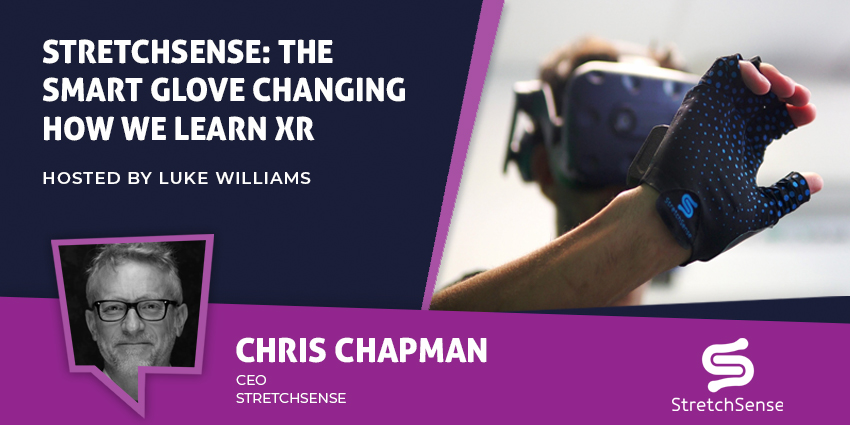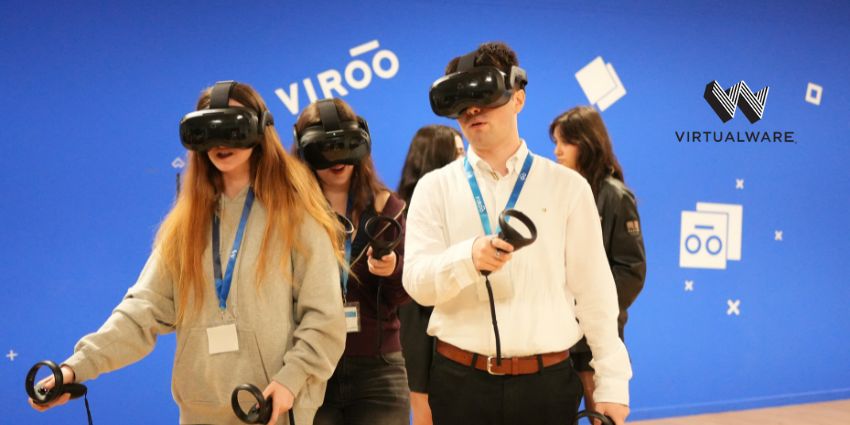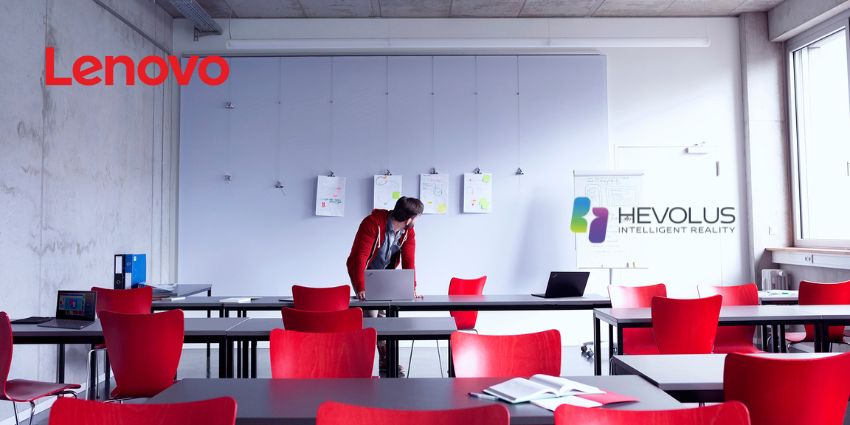Recently, VirtualSpeech announced that it is collaborating with Lenovo and Qualcomm to introduce its XR software platform on the ThinkReality VRX headset and Snapdragon Spaces ecosystem. By partnering with Lenovo, VirtualSpeech can reach new milestones in achieving global enterprise scalability.
VirtualSpeech provides VR training solutions integrating GenAI technology to create responsive and personalized avatars and scenarios for enterprise soft-skill training.
XR Today spoke to Jason McGuigan, Lenovo‘s Head of Virtual Reality, and Sophie Thompson, the Founder and CEO of VirtualSpeech, to discuss their collaboration, the future of enterprise training, and each firm’s goals of boosting enterprise XR adoption.
Scaling XR Enterprise Training
“Training is the main area we focus on in enterprise XR because that’s where the most significant ROI currently is for enterprises, ” remarks McGuigan.
Lenovo is famed for providing software and hardware solutions for the workplace. As modern technology grows at a massive rate, the firm is leveraging its expertise to help customers understand emerging solutions such as XR services.
McGuigan explained:
“We don’t look at it as if we need to sell you X number of headsets. We look at what problem we are solving, what software we can bring to the table, and how we can help you implement it from a proof of concept into a scalable solution.”
McGuigan also noted how Lenovo partners with industry leaders like VirtualSpeech to provide suitable software solutions, which Lenovo can then assist with accompanying factors, like device management.
Thompson noted that the Lenovo partnership allows VirutalSpeech to scale its solution alongside a “trusted and established” partner – “Companies already trust them, and trust is a massive consideration regarding enterprise XR training .”
Training New Employees with XR
McGuigan highlighted that one of the many workplace training considerations is new employees within high-turnover positions.
Consistency and stability are essential in areas with high turnover and any employee upskilling situation; however, these factors can drop within organizations with notably high turnover rates.
McGuigan explained that the quick-service restaurant industry has a “150 percent annual turnover of employees,” and because that turnover is so high, the time needed to train new employees is also high. XR can assist in this case because the training technology improves retention and engagement.
However, McGuigan explained that successfully implementing XR hinges on successfully substituting pre-existing procedures, “which requires a lot of education and new pathways so that people can utilize XR at scale more effectively.”
McGuigan said:
“We look at this primarily because it allows people to fail safely in a position—the same reason we’ve used flight simulators for decades. Someone could continuously fail in a safe space. They can make all the mistakes they want, and you can train them through the muscle memory aspects of that job until they get it down perfectly.”
AI to Enhance Workplace Soft Skills
Thompson noted that the main benefit of GenAI from the soft skills perspective is “the increase in confidence from active learning. ”
Thompson added:
“Having a psychologically safe place to make mistakes and learn from those mistakes is important. The cost is high for that individual person, or when it comes to practicing for a sales pitch for example, the cost is also high in monetary value for the business.”
Thanks to VirtualSpeech’s AI integration, a firm can personalize an immersive learning experience based on factors such as an individual’s company, industry, and business level.
Moreover, AI brings a new aspect of digital learning that is unachievable via traditional learning routes. “AI is going to be more objective than a colleague or friend” Thompson explains. VirtualSpeech’s integrated AI can inform learners about their performance, including speaking tone, filler words, and pace.
Thompson also explained how the VirtualSpeech platform has advanced to include multiple real-time adaptive avatars, such as an HR manager or a loud crowd simulation, that can influence an XR training session.
The AI system will provide feedback showcasing learners’ strengths and weaknesses, how this aligns with specific frameworks, and recommend further learning content.
Thompson added:
“We work with many different levels of management, and certainly, when it comes to new managers, that’s where they really want to practice situations like having difficult conversations. Completing an online course isn’t sufficient preparation for the emotions and lack of predictability in these scenarios. The best way to prepare for the real thing is by simulating them.”
Are AI and XR Growing in Tandem?
McGuigan remarked, “Lenovo is highly focused on bringing AI solutions to more people right now.”
AI is finding a place in countless parts of the computing journey, from computer vision in XR to trending GenAI technologies.
McGuigan said:
VirtualSpeech is a great example of something almost every industry could utilize in some capacity. They have a very broad horizontal across-all-verticals approach where just about everybody in any organization can gain from better soft skills training. Personalizing content using GenAI is key, and VirtualSpeech is a leader in this space.
Moreover, McGuigan explained that the XR industry is “still growing as organizations learn and experience where the technology’s strengths are.”
However, platforming solutions like VirtualSpeech, which utilizes cross-pollination of AI and XR, will make people feel more engaged with the content and realise the opportunities. In turn, more people will utilize XR, increasing demand for XR devices and for companies to grow the capabilities of these devices over time.







